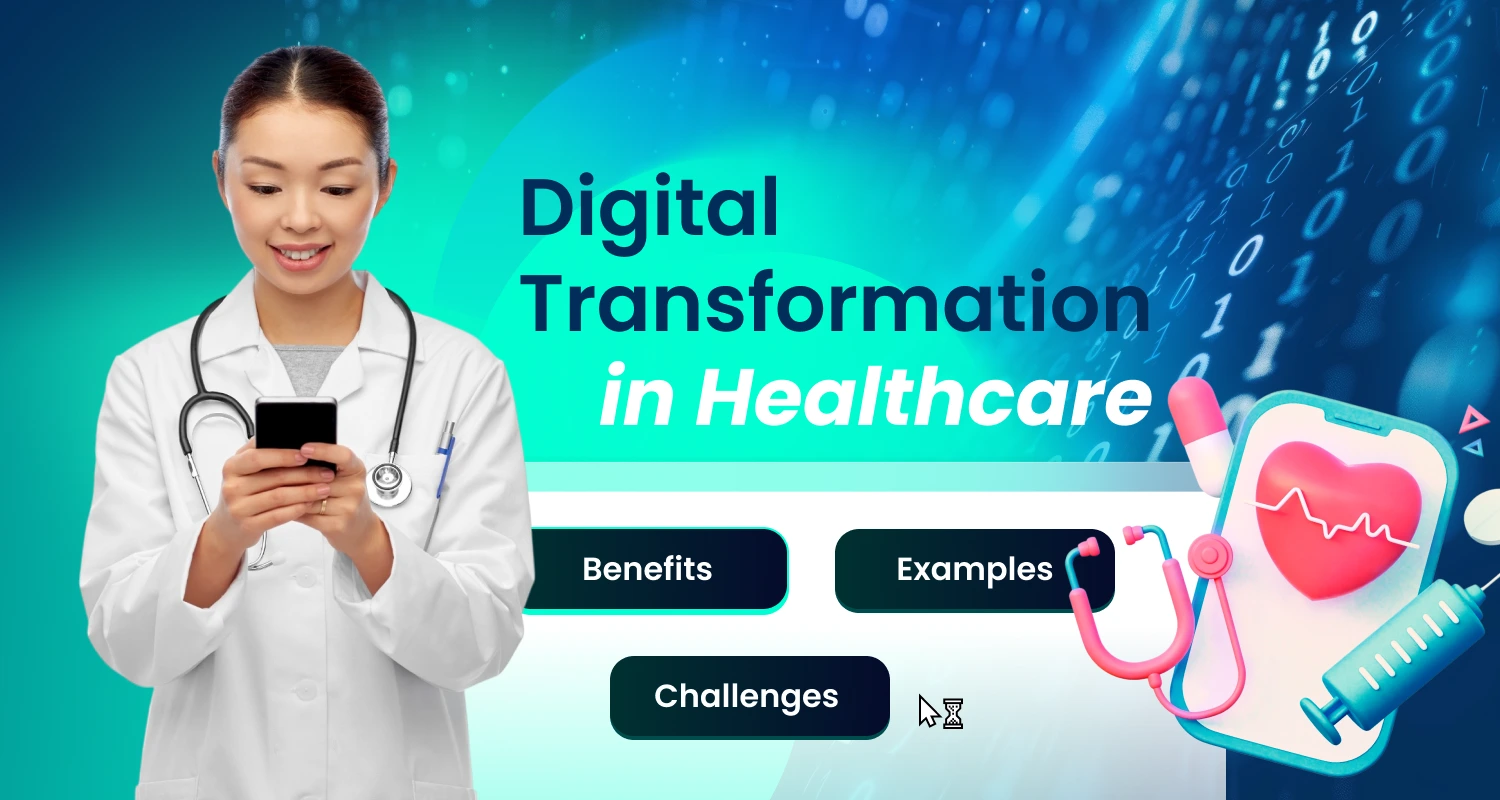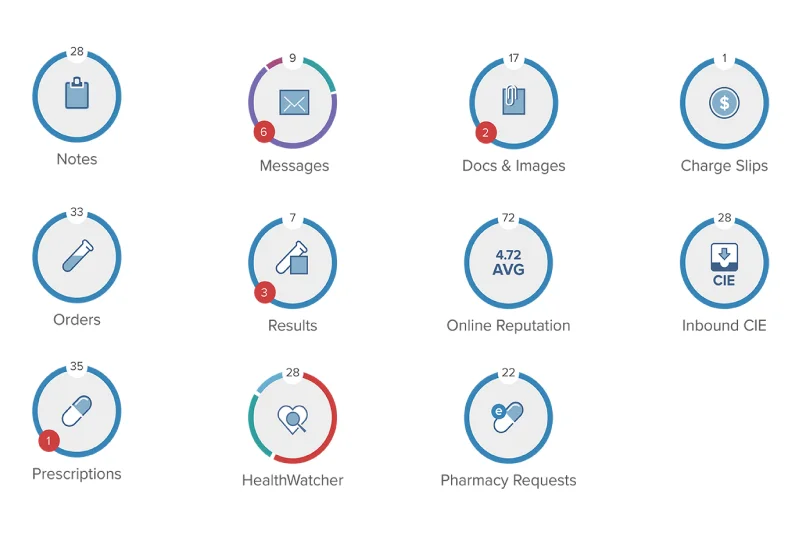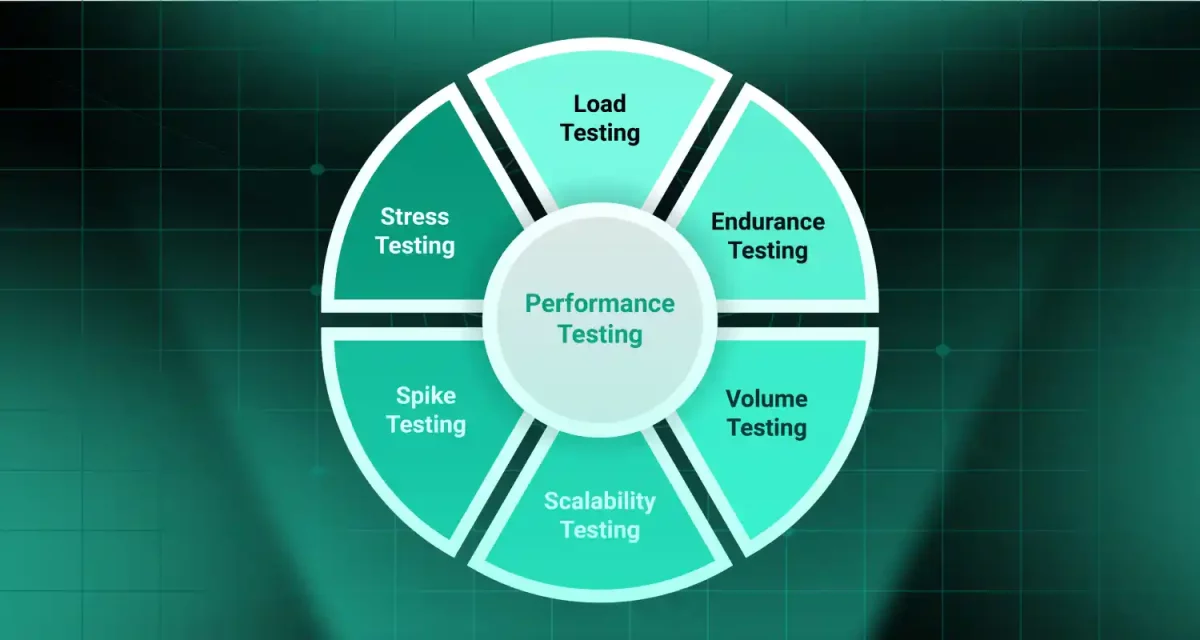
Healthcare is undergoing a significant transformation, driven by the rapid adoption of digital technologies. The explosive growth of the global digital health market underscores this evolution. This shift is bringing numerous benefits of digital transformation in healthcare, fundamentally changing how patient care and operations function.
This blog will provide a clear overview of these advantages, exploring its benefits and real-world impact. Whether you’re a healthcare professional or simply curious, you’ll gain insights into how digital tools are reshaping the future of medicine.
1. Understanding digital transformation in healthcare
Digital transformation in healthcare refers to the fundamental redesign of healthcare delivery and management through the strategic integration of digital technologies. It’s not just about adding new gadgets; it’s about reimagining processes to improve patient outcomes, enhance efficiency, and reduce costs.
At the heart of this transformation are several core components:
- Electronic Health Records (EHR): These digital versions of patient medical histories provide instant access to crucial information, enabling better-informed decisions and streamlined care coordination.
- Telemedicine and telehealth platforms: These technologies enable remote consultations, allowing patients to receive care from the comfort of their homes. This expands access to healthcare, particularly for those in remote areas or with mobility issues.
- Artificial Intelligence (AI) in healthcare: AI-driven tools are revolutionizing diagnostics, treatment planning, and drug discovery. AI-powered algorithms can analyze vast amounts of data to identify patterns and predict health risks.
- Wearable health devices: These devices monitor vital signs and activity levels, providing valuable data for personalized health management and remote monitoring.
- Health information technology: This encompasses the broader infrastructure and systems that support the secure and efficient exchange of health information.

Closely related to digital transformation is healthcare digitalization, which is the process of converting analog healthcare processes and information into digital formats. This forms the foundation upon which digital transformation can thrive.
Furthermore, digital health technologies encompass a wide range of tools and applications, from mobile health apps to sophisticated medical imaging systems. These technologies are integral to driving innovation and improving patient care within the broader digital transformation framework.
Read more >>>> How Much Does It Cost to Develop A Healthcare App?
2. Key benefits of digital transformation in healthcare
Digital transformation brings a multitude of benefits to the healthcare sector, fundamentally improving patient care, operational efficiency, and overall outcomes.
2.1. Improved patient care and outcomes
How digital transformation improves patient care is a central question driving its adoption. Enhanced access to patient data is a cornerstone of this improvement. Electronic Health Records (EHRs) provide clinicians with instant access to comprehensive patient histories, enabling better-informed decisions and reducing the risk of errors. Telehealth platforms play a vital role in remote patient monitoring, allowing healthcare providers to track patients’ conditions from a distance.
This is particularly beneficial for managing chronic diseases and providing care to patients in remote areas. Ultimately, these advancements contribute to significant improvements in patient outcomes, leading to better overall health and well-being.
2.2. Enhanced operational efficiency
The impact of digital technologies on healthcare efficiency is profound. Digital tools streamline administrative tasks, automating processes like appointment scheduling, billing, and record-keeping. This frees up healthcare professionals to focus on patient care. Optimized resource allocation is another key benefit.
Data analytics can help hospitals and clinics identify patterns and trends, allowing them to better manage staffing, equipment, and supplies. This leads to increased operational efficiency, reducing wait times, and improving the overall patient experience.
2.3. Cost reduction
Digital tools can significantly reduce healthcare costs. Reduced paperwork and administrative overhead are major contributors to this cost reduction. Automating tasks eliminates the need for manual data entry and processing, saving time and resources. Telehealth can also reduce costs by minimizing the need for in-person visits and hospital stays. Ultimately, these efficiencies lead to substantial cost reduction for both healthcare providers and patients.
2.4. Data analytics and personalized medicine
The importance of data analytics in healthcare cannot be overstated. By analyzing vast amounts of patient data, healthcare providers can identify trends, predict risks, and personalize treatment plans. AI-driven diagnostics can improve patient treatment by providing more accurate and timely diagnoses.
AI algorithms can analyze medical images and other data to identify subtle patterns that may be missed by human observers. This paves the way for the future of personalized medicine, where treatments are tailored to the individual patient’s unique needs and genetic makeup.

2.5. Healthcare innovation
Digital transformation drives healthcare innovation by creating new opportunities for research, development, and collaboration. Digital platforms enable researchers to share data and collaborate on projects more easily, accelerating the pace of discovery. Wearable devices and other digital tools provide valuable data for clinical trials and research studies. This fosters a culture of innovation, leading to the development of new treatments, technologies, and care models.
3. Real-world examples of digital transformation
The impact of digital transformation in healthcare isn’t just theoretical; it’s happening in hospitals and clinics worldwide. Let’s explore some tangible examples:
3.1. Examples of digital transformation in hospitals
- Many hospitals now utilize smart beds that automatically adjust patient positions to prevent pressure ulcers, and also track patient vital signs.
- Robotic process automation (RPA) streamlines administrative tasks, such as patient registration and insurance verification.
- Real-time location systems (RTLS) track equipment and personnel, improving workflow and reducing wait times.
3.2. Case studies of successful telehealth implementations
- Mayo Clinic’s telehealth programs have significantly expanded access to specialized care for patients in rural areas, reducing the need for long-distance travel.
- Teladoc Health has shown the viability of providing on demand remote doctor consultations, reducing emergency room overloads for non-emergency cases.
- Remote monitoring programs for chronic conditions like diabetes and heart failure have enabled earlier interventions and improved patient outcomes.
3.3. Examples of AI-driven diagnostics in action
- AI algorithms are being used to analyze medical images, such as X-rays and MRIs, to detect cancer and other diseases with greater accuracy.
- AI-powered chatbots provide initial patient assessments and triage, directing patients to the appropriate level of care.
- AI is being used to analyze patient data to predict the risk of sepsis, allowing for earlier treatment and improved survival rates.
3.4. Use cases of wearable devices in chronic disease management
- Wearable continuous glucose monitors (CGMs) help people with diabetes manage their blood sugar levels more effectively.
- Smartwatches are being used to monitor heart rate and detect atrial fibrillation, enabling earlier diagnosis and treatment of heart conditions.
- Wearable devices are being used to track sleep patterns, activity levels, and other health metrics, providing valuable data for personalized health management.
3.5. Examples of how EHRs have improved patient care
- EHRs have reduced the risk of medication errors by providing clinicians with instant access to patient medication lists and allergy information.
- EHRs have improved care coordination by enabling seamless sharing of patient information between different healthcare providers.
- EHRs allow for faster access to lab and test results, thus speeding up the diagnosis process.

4. Challenges and considerations
While the benefits of digital transformation in healthcare are undeniable, it’s crucial to acknowledge and address the potential challenges that accompany this evolution.
4.1. Data security and privacy
- The increasing volume of sensitive patient data stored and transmitted digitally raises concerns about security breaches and privacy violations.
- Overcoming this: Implementing robust cybersecurity measures, including encryption, access controls, and regular security audits, is essential. Adhering to regulations like HIPAA and GDPR is also critical.
4.2. Interoperability of systems
- Healthcare systems often struggle with interoperability, meaning that different digital platforms may not be able to communicate with each other seamlessly. This can hinder data sharing and coordination of care.
- Overcoming this: Adopting standardized data formats and protocols, and investing in interoperability solutions, are necessary steps. Promoting open APIs and data exchange platforms can also facilitate seamless information sharing.
4.3. Digital literacy
- Not all healthcare providers and patients possess the same level of digital literacy. This can create barriers to the adoption and effective use of digital health technologies.
- Overcoming this: Providing training and education programs to improve digital literacy among healthcare professionals and patients is crucial. Simplifying user interfaces and offering technical support can also help.
4.4. Implementation costs
- Implementing digital health technologies can be costly, requiring significant investments in hardware, software, and infrastructure.
- Overcoming this: Phased implementation strategies, exploring cloud-based solutions, and leveraging government grants and incentives can help mitigate implementation costs. Demonstrating the long-term return on investment can also justify the initial expense.
Addressing these challenges requires a collaborative effort from healthcare providers, technology developers, policymakers, and patients. By proactively addressing these issues, we can ensure that digital transformation in healthcare is implemented in a safe, equitable, and sustainable manner.
5. Future of digital transformation in healthcare
The future of healthcare is inextricably linked to the continued evolution of digital technologies. Several emerging trends are poised to shape the landscape of medicine in the coming years:
5.1. The role of AI and machine learning
- AI will become increasingly integrated into all aspects of healthcare, from diagnostics and treatment planning to drug discovery and personalized medicine.
- Machine learning algorithms will analyze vast datasets to identify patterns and predict health risks, enabling earlier interventions and improved patient outcomes.
- AI-powered virtual assistants will provide personalized health advice and support, empowering patients to take a more active role in their care.

5.2. The expansion of telehealth
Telehealth will become even more prevalent, with remote consultations and monitoring becoming the norm for many routine and chronic care needs.
Advances in virtual reality (VR) and augmented reality (AR) will enhance the telehealth experience, enabling more immersive and interactive consultations.
Telehealth will expand its reach to underserved populations, providing access to specialized care in remote and rural areas.
5.3. The increasing use of wearable technology
Wearable devices will become more sophisticated and integrated into everyday life, providing continuous monitoring of vital signs and activity levels.
Wearable data will be used to personalize treatment plans and provide real-time feedback to patients and healthcare providers.
Wearable technology will play a crucial role in preventative care, enabling early detection of health problems and promoting healthy lifestyles.
5.4. The continued expansion of digital data
The volume of healthcare data will continue to grow exponentially, driven by the increasing use of EHRs, wearable devices, and other digital technologies.
Advanced data analytics and cloud computing will enable healthcare providers to process and analyze this vast amount of data, extracting valuable insights to improve patient care.
The interoperability of data between different platforms will improve, thus allowing for a more whole patient picture.
These emerging trends will converge to create a more personalized, proactive, and accessible healthcare system, ultimately leading to better health outcomes and improved quality of life for patients worldwide.
6. The bottom lines
The benefits of digital transformation in healthcare are undeniable, driving improvements from patient care to operational efficiency. Embracing digital technologies is now essential for healthcare organizations.
If you’re ready to advance your digital transformation, Stepmedia offers specialized services. Contact Stepmedia to explore how we can help.
Digital transformation is revolutionizing healthcare, creating a more efficient and patient-centered future.




